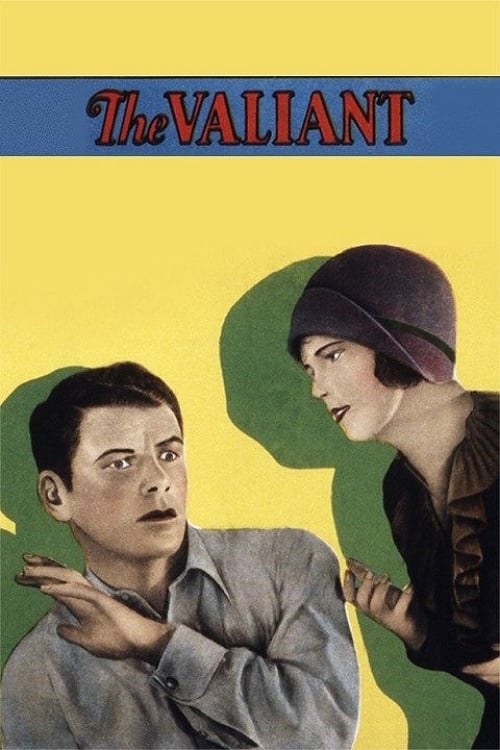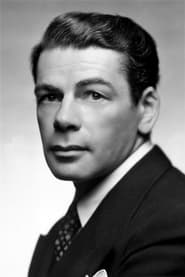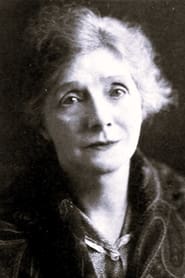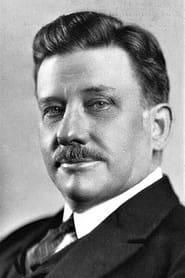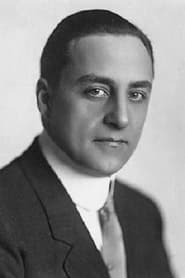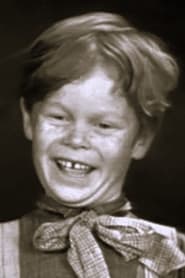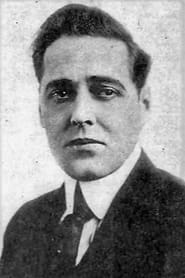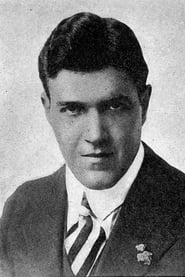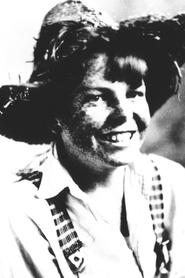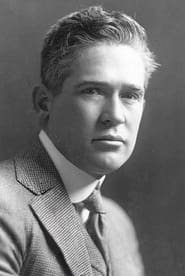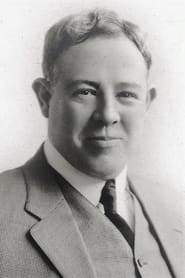Cast
View AllPaul Muni
as James Dyke
Marguerite Churchill
as Mary Douglas
Johnny Mack Brown
as Robert Ward
DeWitt Jennings
as Warden Holt
Edith Yorke
as Mrs. Douglas
Clifford Dempsey
as Police Lieutenant
Richard Carlyle
as Father Daly
Henry Kolker
as Judge
Sherwood Bailey
as Little Boy (uncredited)
George Chesebro
as Liberty Bondsman (uncredited)
Sidney D'Albrook
as Prison Guard (uncredited)
Dannie Mac Grant
as Little Boy (uncredited)
Henry Hall
as Harold Everett Porter (uncredited)
Barton Hepburn
as Joe Douglas as a Youth (uncredited)
Robert Homans
as Newspaper Printer (uncredited)
Crew
Director
- William K. Howard
Producer
- William K. Howard
Reviews
CinemaSerf
Paul Muni stands out here as the anonymous young man who walks into a police station and confess to a murder. Adopting a name ("Dyke") from a calendar hung on the wall, he is tried, convicted and sentenced to death. When his fate is published, as well as his photo, in the press a young girl and her mother wonder that he might be their long lost brother/son and set out to try establish the truth. The story is curious - it gives us surprisingly little to go on until the last fifteen minutes when we are treated to a wonderfully poignant denouement with the Oscar nominated Muni and "Mary" (Marguerite Churchill). It's more a film to appreciate because of it's cinematic significance - a very early and well made - if simple - talkie, but as a story it is really rather under-cooked for the most part and the supporting efforts add little to the intrigue.
Jun 6, 2022
Thematic Analysis
As a dramatic work, The Valiant examines complex human relationships and emotional struggles against the backdrop of a period setting that reflects societal issues of its time. The character development particularly stands out, offering viewers a chance to reflect on their own life journeys.
Director William K. Howard brings their distinctive visual style to this film, continuing their exploration of themes seen in their previous works while adding new elements. Their approach to character development and emotional depth creates a viewing experience that rewards close attention.
Released in 1929, the film exists within a cultural context that now offers viewers historical perspective on the social issues of that era. Its reception demonstrates the diverse reactions to its artistic choices and its place in cinema history.
Did You Know?
- The production of The Valiant took approximately 21 months from pre-production to final cut.
- The final cut of the film runs for 66 minutes, though the director's initial assembly was reportedly 100 minutes long.
- The film contains approximately 2132 individual shots.
- The musical score contains over 33 unique compositions.
- The director insisted on using practical effects whenever possible, reserving CGI for only the most necessary scenes.
Historical Context
- In 1929, when this film was released:
- The Cold War was intensifying, influencing global politics and culture.
- Rock and roll music was revolutionizing popular culture.
- The film industry was dominated by major studios, with independent cinema still in its early development.
How This Film Stands Out
While The Valiant shares thematic elements with other films in its genre, it distinguishes itself through its unique approach to storytelling, visual style, and character development.
Unlike The Metropolitan Opera: Dead Man Walking, which takes a more conventional approach to its subject matter, The Valiant offers a fresh perspective through its innovative visual language and narrative structure.
While films like Corrina, Corrina and True Crime explore similar territory, The Valiant stands apart through its distinctive directorial vision and pacing.
This film's unique contribution to cinema lies in its thoughtful balance of entertainment value and thematic depth, making it a valuable addition to its genre.
Details
- Release Date: May 19, 1929
- Runtime: 1h 6m


